Increasing Regulatory Pressure
The Hazardous Waste Market is experiencing heightened regulatory pressure as governments worldwide implement stricter environmental regulations. This trend is driven by the need to protect public health and the environment from the adverse effects of hazardous waste. For instance, regulations such as the Resource Conservation and Recovery Act (RCRA) in the United States mandate proper management and disposal of hazardous waste. As a result, companies are compelled to invest in compliant waste management solutions, thereby driving growth in the Hazardous Waste Market. The increasing number of inspections and penalties for non-compliance further incentivizes businesses to adopt effective waste management practices, contributing to the overall expansion of the market.
Expansion of Industrial Activities
The expansion of industrial activities across various sectors is contributing to the growth of the Hazardous Waste Market. Industries such as manufacturing, pharmaceuticals, and construction generate significant amounts of hazardous waste, necessitating effective waste management solutions. As industrial production increases, so does the volume of hazardous waste generated, creating a pressing need for proper disposal and treatment methods. This trend is particularly evident in emerging economies, where rapid industrialization is occurring. Consequently, the Hazardous Waste Market is likely to see increased demand for waste management services and technologies to address the challenges posed by rising hazardous waste volumes.
Investment in Waste Management Infrastructure
Investment in waste management infrastructure is a critical driver for the Hazardous Waste Market. Governments and private entities are recognizing the need for robust waste management systems to handle hazardous materials effectively. This investment encompasses the development of treatment facilities, recycling centers, and landfill sites designed to manage hazardous waste safely. As infrastructure improves, the capacity to process hazardous waste increases, which is essential for meeting regulatory requirements and public expectations. The trend of investing in waste management infrastructure is expected to continue, potentially leading to enhanced operational efficiencies and growth opportunities within the Hazardous Waste Market.
Technological Innovations in Waste Management
Technological advancements are playing a pivotal role in shaping the Hazardous Waste Market. Innovations such as advanced treatment technologies, including thermal treatment and bioremediation, enhance the efficiency of hazardous waste disposal. These technologies not only improve waste processing but also reduce environmental impact. The market for hazardous waste treatment technologies is projected to grow significantly, with estimates suggesting a compound annual growth rate (CAGR) of over 5% in the coming years. As companies seek to optimize their waste management processes, the adoption of these technologies is likely to become a key driver in the Hazardous Waste Market, facilitating more sustainable practices.
Rising Awareness of Environmental Sustainability
There is a growing awareness of environmental sustainability among businesses and consumers, which is influencing the Hazardous Waste Market. Companies are increasingly recognizing the importance of sustainable waste management practices to enhance their corporate social responsibility (CSR) profiles. This shift is prompting organizations to seek eco-friendly waste disposal methods, thereby driving demand for innovative solutions in the Hazardous Waste Market. Furthermore, consumer preferences are shifting towards environmentally responsible products and services, compelling businesses to adopt sustainable practices. This trend is expected to continue, potentially leading to a more robust market for hazardous waste management solutions.


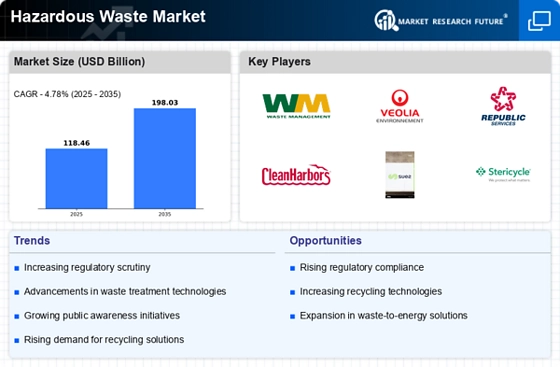
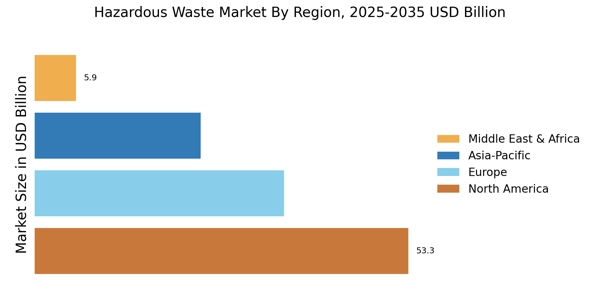


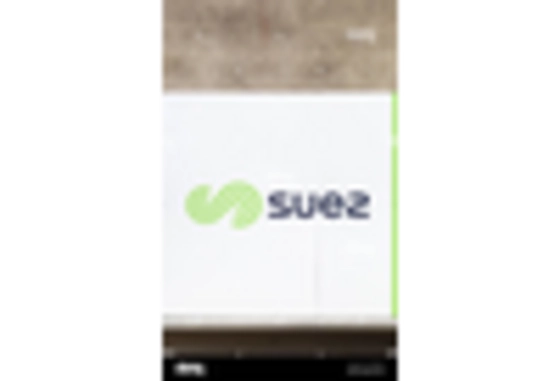

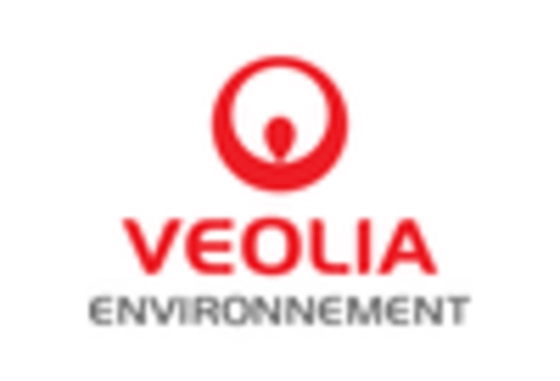
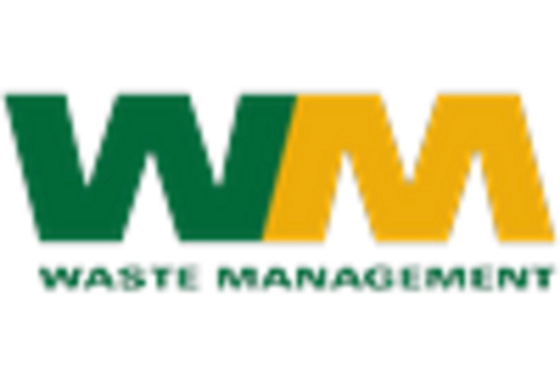








Leave a Comment